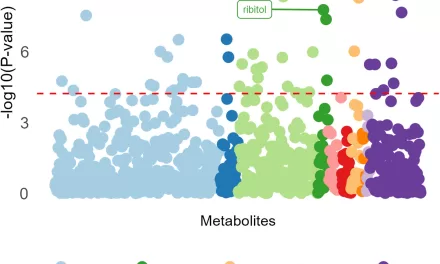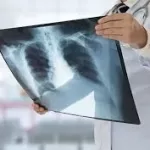CHICAGO, IL – A new study presented at the American College of Cardiology’s annual scientific sessions on Sunday, March 30, 2025, reveals a critical gap in the diagnosis and treatment of peripheral artery disease (PAD), a condition affecting over 10 million Americans aged 40 and older. The research, conducted by Intermountain Health, highlights that PAD is frequently overlooked and undertreated, particularly in women, leading to alarmingly high mortality rates.
PAD occurs when arteries supplying blood to the legs and arms become narrowed or blocked by plaque buildup, reducing blood flow. As a major component of atherosclerotic cardiovascular disease, PAD is the third leading cause of death from atherosclerotic disease. The Intermountain Health study, which examined 7,522 patients diagnosed with symptomatic PAD between 2006 and 2021, found that a staggering 50% of patients with the condition face death.
“In our study, we found a high rate of non-treatment of peripheral artery disease along with higher levels of mortality in these patients,” stated Viet T. Le, DMSc, MPAS, PA-C, the study’s primary investigator and associate professor of cardiovascular research at Intermountain Health. “Based on our findings, we think health systems can do a better job at screening patients for peripheral arterial disease and treating them for it. These findings represent an opportunity to improve and implement systems of care, especially for women.”
The study revealed that only 29.6% of women and 33.5% of men received optimal guideline-directed medical therapy, which includes antiplatelet and statin medications. While women had similar referral rates to specialists, they were more frequently referred to primary care providers. Although women were slightly less likely to experience major cardiac events or limb amputations than men, the overall mortality rate remained consistently high across both genders.
Le emphasized that the low treatment rates are not necessarily due to clinical negligence but rather stem from challenges in identifying and treating PAD. Symptoms like leg pain can be vague and attributed to various conditions, leading to delayed or missed diagnoses. Furthermore, cardiologists may prioritize treating other cardiovascular issues, overlooking the specific needs of PAD patients.
“We can certainly do a better job of screening for peripheral arterial disease and treating it as its own condition,” Le said. “We should not be seeing a 50% death rate among these patients. With development and implementation of better disease screening and treatment monitoring, we can increase appropriate treatment for these patients, and lower death rates.”
Symptoms of PAD include cold feet, aching or cramping in the legs during activity, and leg ulcers. Risk increases with age, particularly in individuals over 65. While PAD cannot be cured, lifestyle changes, medication, and surgical procedures can alleviate symptoms and slow disease progression.
Disclaimer: This news article is based on information provided by Intermountain Healthcare and presented at the American College of Cardiology’s annual scientific sessions. Medical information is subject to change, and this article should not be considered medical advice. Consult with a healthcare professional for diagnosis and treatment of any medical conditions.(https://medicalxpress.com/news/2025-03-peripheral-artery-disease-underdiagnosed-undertreated.html)












